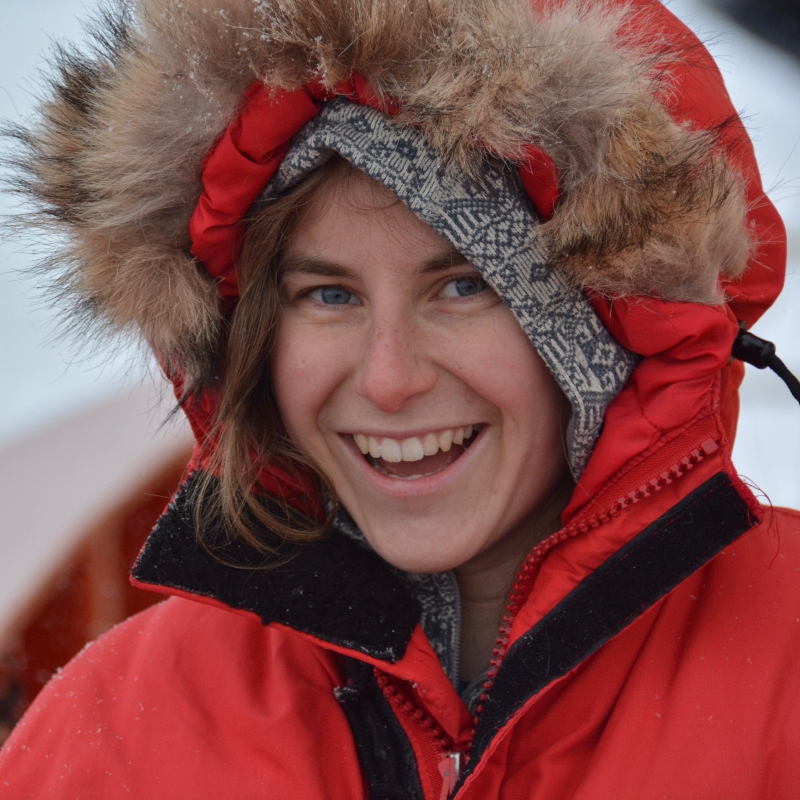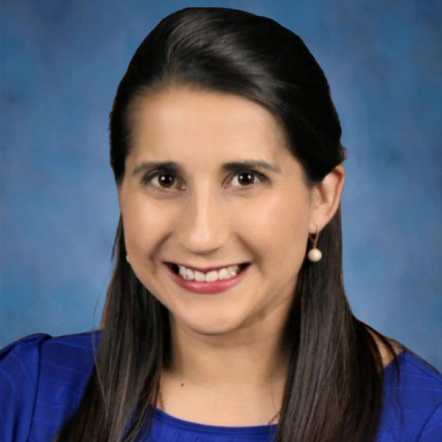Postdoctoral Fellowship: OPP-PRF: Deciphering the Role of Phytoplankton Community Composition in Southern Ocean Carbon Fluxes
Carbon primarily leaves the atmosphere by dissolving in the ocean or by being used in photosynthesis by land plants. While the physical processes that modulate Southern Ocean carbon fluxes are relatively well understood, the biological processes controlling the fluxes are less constrained, due in part to uncertainties in phytoplankton spatial and temporal variability. Characterizing the phytoplankton community composition of the Southern Ocean is important because different types of phytoplankton will use different amounts of carbon. Projections of changes in Southern Ocean carbon flux are hampered since most models do not differentiate different types of phytoplankton when parameterizing carbon fluxes. This research will improve understanding of how different phytoplankton species will change the amount of carbon entering the surface ocean and being exported to depth in the Southern Ocean, constraining climate projections.



